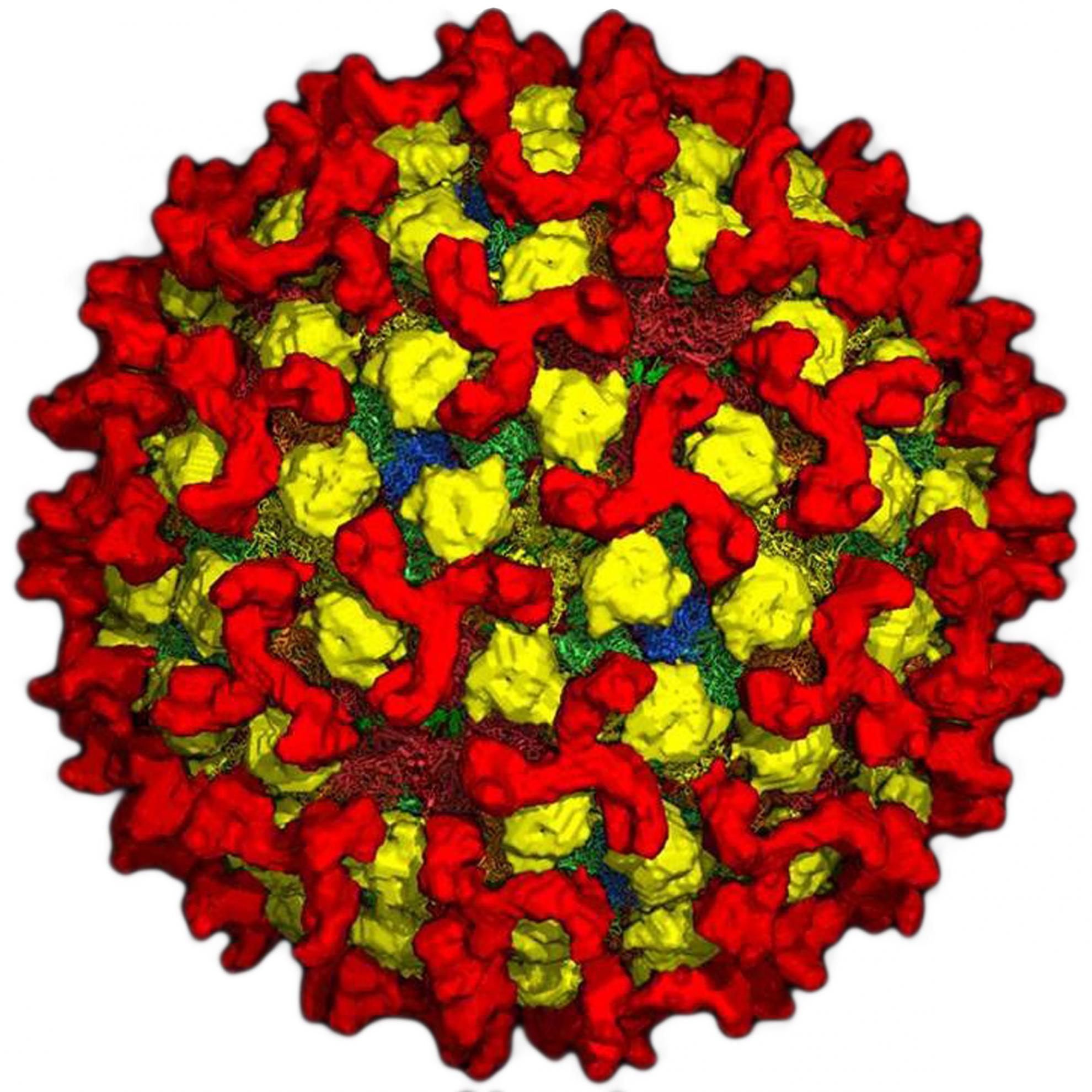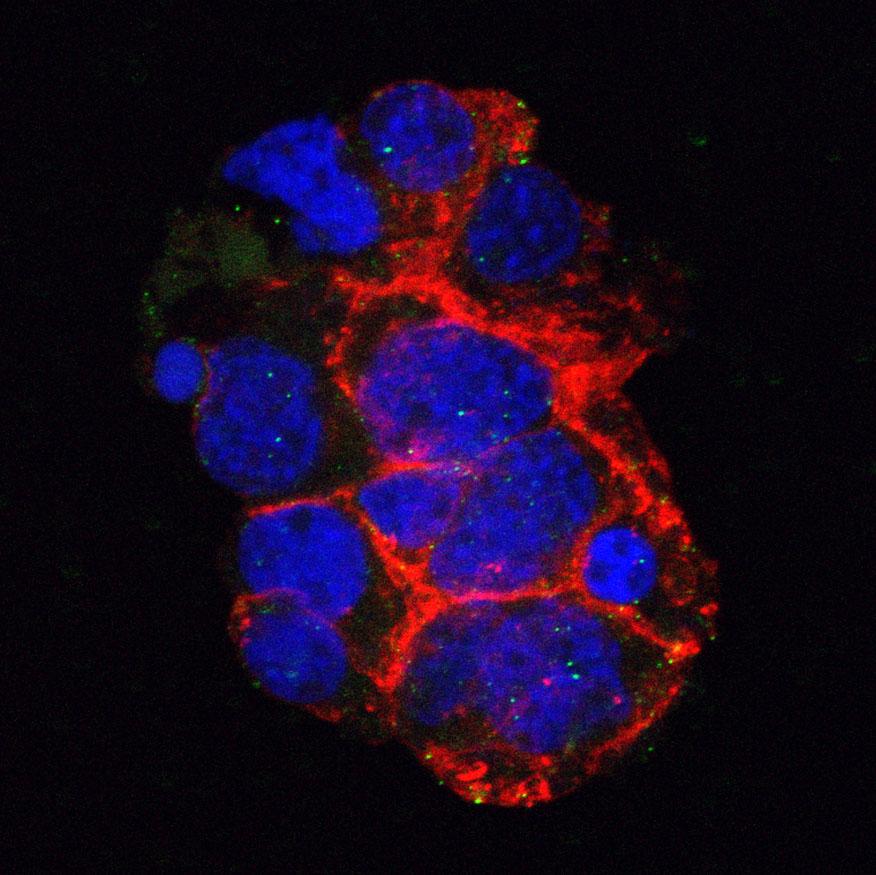Mathematical modelling and evaluation of the different routes of transmission of lumpy skin disease virus
Lumpy skin disease (LSD) is a severe viral disease of cattle. Circumstantial evidence suggests that the virus is transmitted mechanically by blood-feeding arthropods. We compared the importance of transmission via direct and indirect contact in field conditions by using mathematical tools. We analyzed a dataset collected during the LSD outbreak in 2006 in a large dairy herd, which included ten separated cattle groups. Outbreak dynamics and risk factors for LSD were assessed by a transmission model. Transmission by three contact modes was modelled; indirect contact between the groups within a herd, direct contact or contact via common drinking water within the groups and transmission by contact during milking procedure. Indirect transmission was the only parameter that could solely explain the entire outbreak dynamics and was estimated to have an overall effect that was over 5 times larger than all other possible routes of transmission, combined. The R-0 value induced by indirect transmission per the presence of an infectious cow for 1 day in the herd was 15.7, while the R-0 induced by direct transmission was 0.36. Sensitivity analysis showed that this result is robust to a wide range of assumptions regarding mean and standard deviation of incubation period and regarding the existence of sub-clinically infected cattle. These results indicate that LSD virus spread within the affected herd could hardly be attributed to direct contact between cattle or contact through the milking procedure. It is therefore concluded that transmission mostly occurs by indirect contact, probably by flying, blood-sucking insects. This has important implications for control of LSD.
Back to publications

